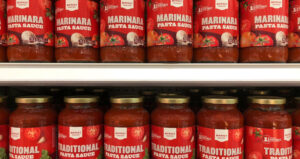
What Retailers and CPG Companies Can Learn from Each Other
Retailers and CPG companies have had a symbiotic relationship for decades, teaming up to offer customers more choice in convenient in-person and ecommerce storefronts. As both take on each other’s challenges, they must learn from the other’s processes and best practices to sustain new revenue streams in the long term based on evolving consumer behaviors, preferences and spending habits.






